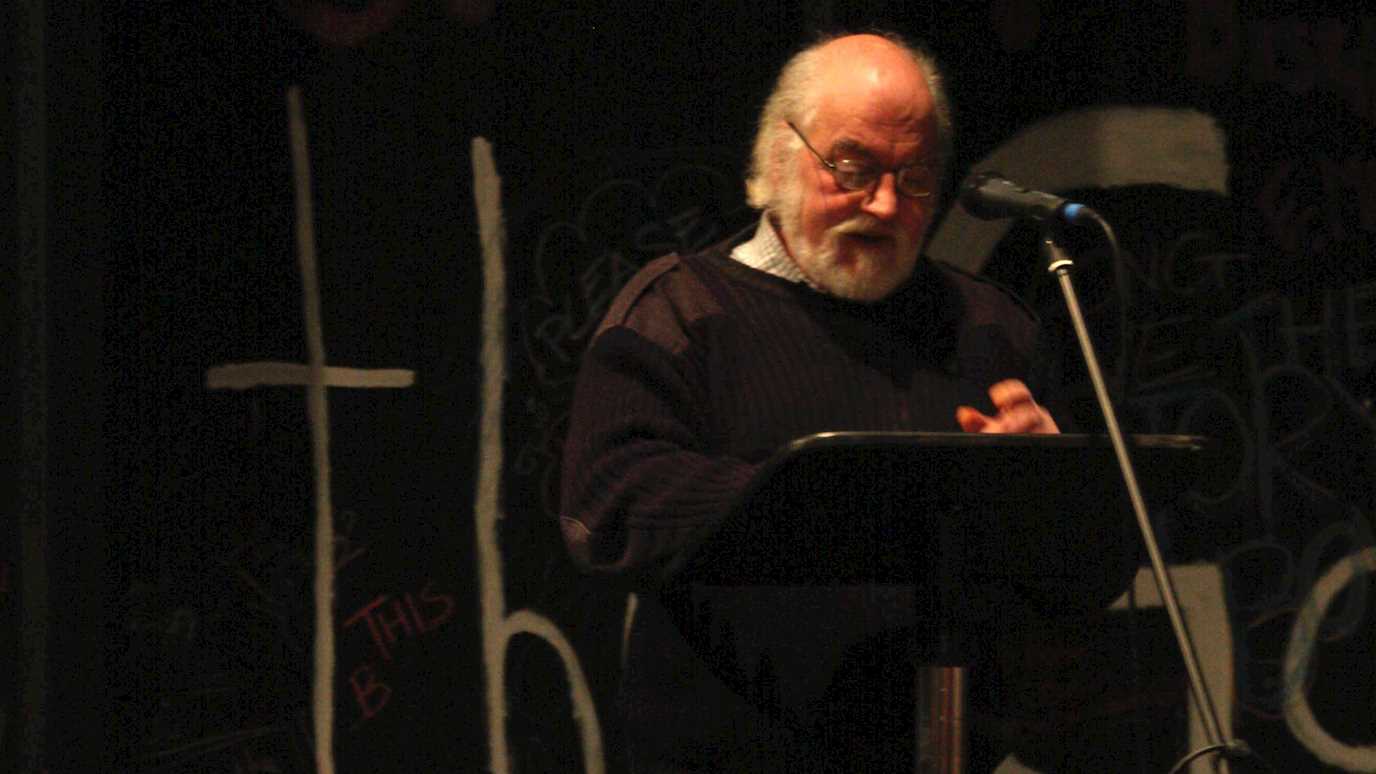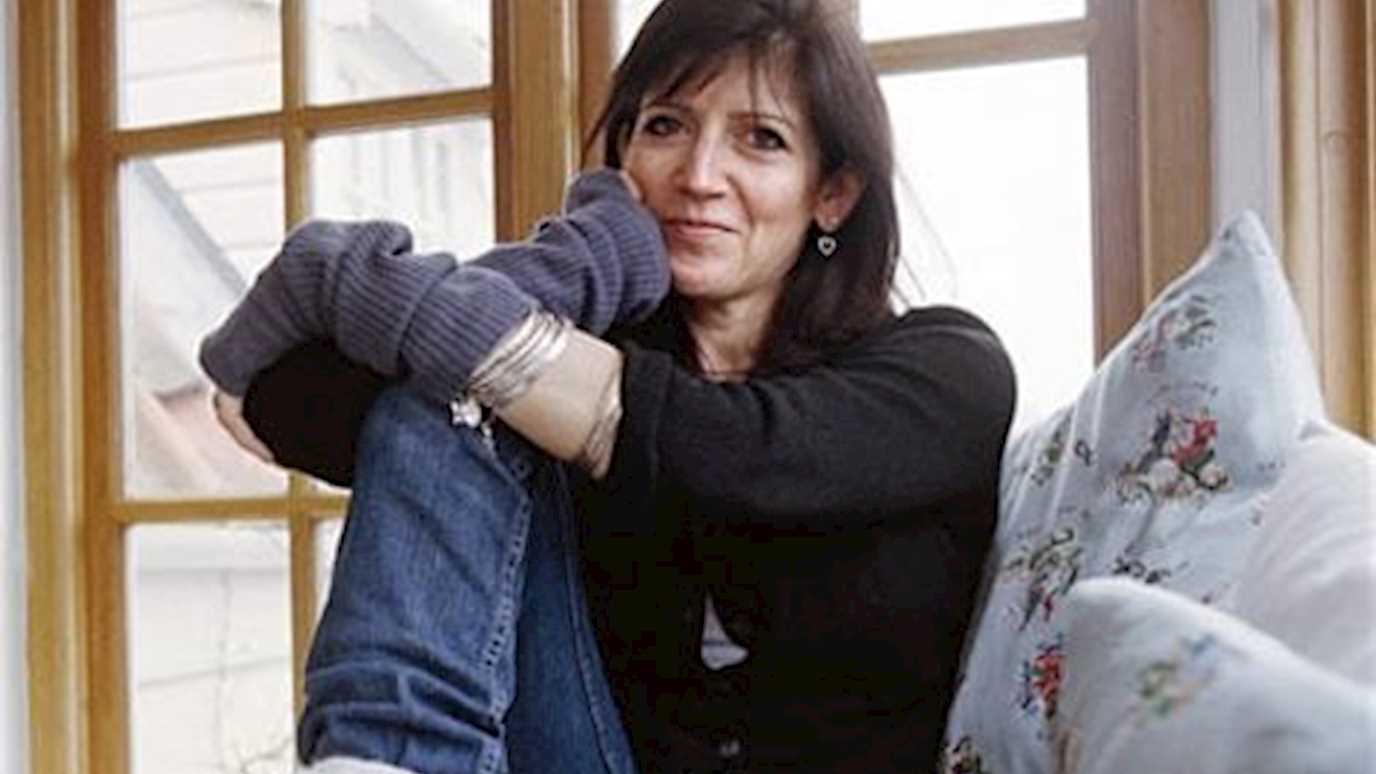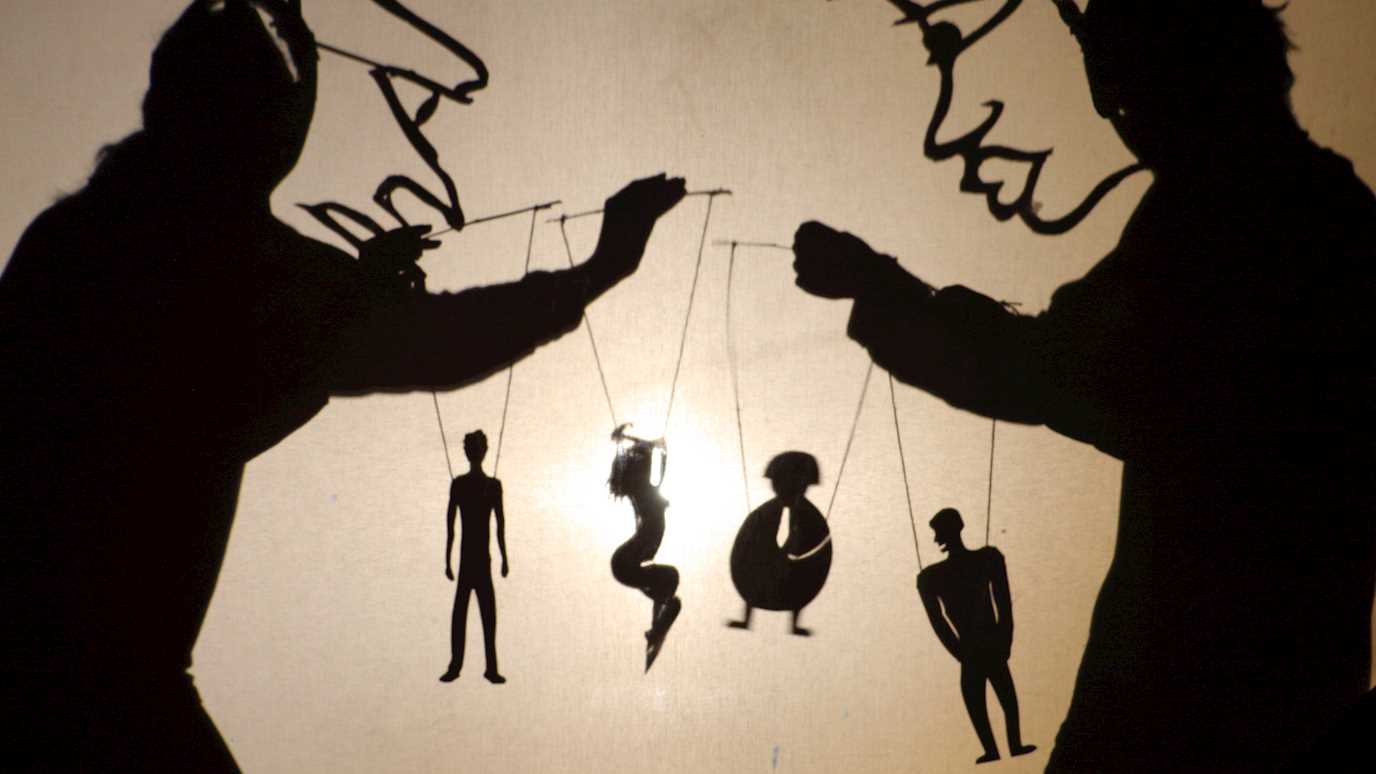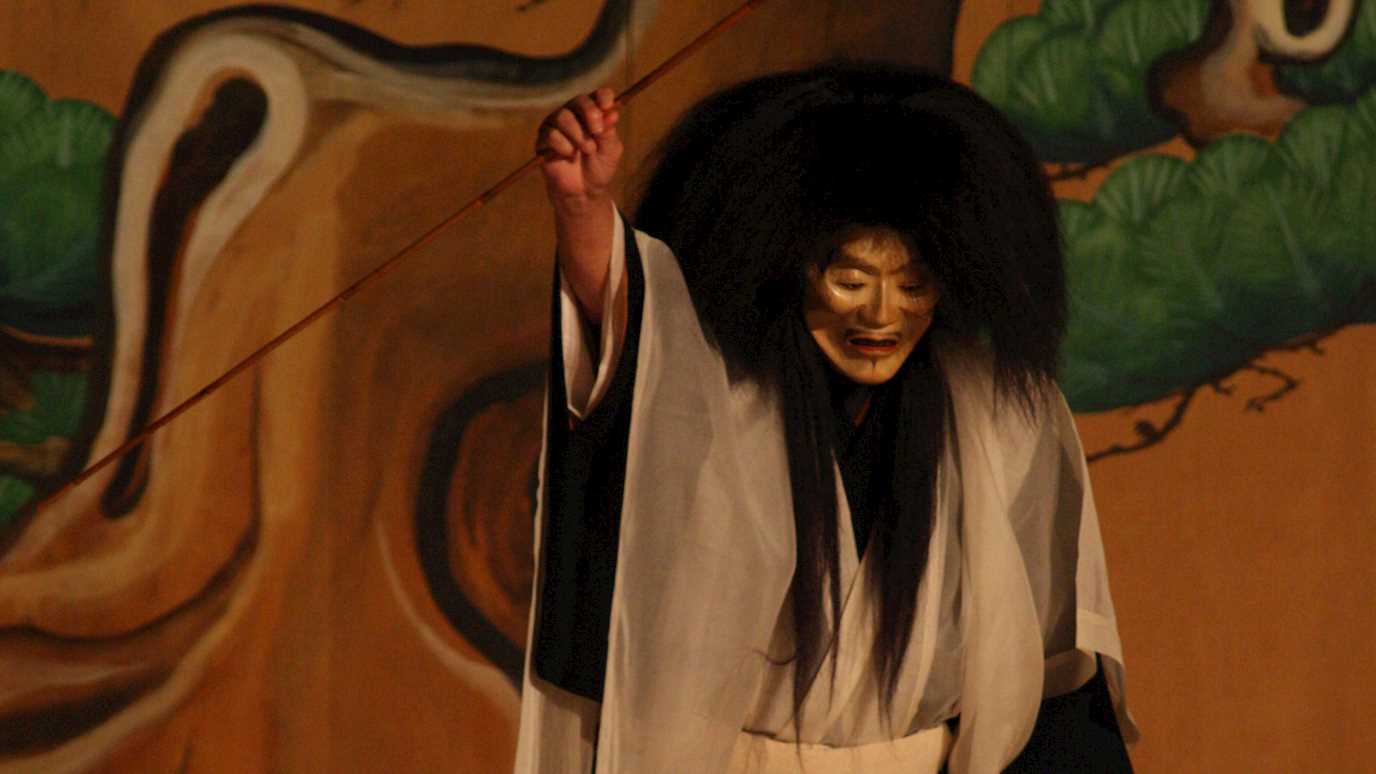Explore the department's history from our founding by Professor Katharine Worth in 1978 through to the present day.
On 1 February 2012, the Department held a celebration of the Studio Theatre as we said goodbye to more than 30 years of productions, workshops, classes and showings. The occasion would not have been complete without Nick Firth, the Technical Stage Director for 20 years, and the man who designed, and in part, built the original Studio.
We were delighted that he was able to come along, his presence at the beginning and end of the Studio book-ending an era in the Department's history. In his talk, reproduced here, he remembers the battles to get the original Studio built on a shoestring and in very limited time. How things have changed…
Birth of the Department
1978
"The Department started in 1978 with a Combined English and Drama degree based within the Music department, founded by Professor Katharine Worth (first Professor of Drama at a London University and the first female professor of Drama in the UK; mother of current Senior Lecturer Dr Libby Worth) and Robert Gordon. We also had teaching staff and help from English and Classics, plus postgraduates and others including Janet Arnold and Poh-Sim.
There wasn't a proper performance space and next to no money. At this time I was running the theatre at Kings College, London and considered the fact that London University did not offer a Drama degree to be an inexcusable oversight given that London was the home of theatre! Plenty of drama schools, yes, but no in-depth study.
I was intrigued when I saw Royal Holloway's advert for new staff to help run a single-honours programme, and was determined to help the cause!"
Planning the Studio
1980
"In the summer term 1980, I was appointed along with Martin Auty (a film and TV lecturer). So there were now four full-time lecturers. We had been offered the old Physics building at Sutherland House (now renamed the Katharine Worth Building in honour of the department's founder).
During the autumn term, the old equipment was taken out including lots of heavy plant equipment and DC cabling, but before the various rooms could be converted to our needs, many decisions had to be made. I remember many site visits, sorting out what to do with all this space! I also remember giving the first lecture to the single-honours course in the Music building. I'm not sure who was more nervous, them or me! There were about 15 single honours and 10 combined-honours students: how things have changed!
In early July I made an appointment with Professor Worth to discuss the new rehearsal room which was to be built while the Boilerhouse scheme was being prepared. I pointed out that it could take years to get the Boilerhouse up and running, so it was vital we had a performance space in the interim. The budget for the new rehearsal room was £50,000, with £5,000 already taken out for ongoing refurbishments in Sutherland House.
The plan was about two-thirds long and two-thirds high compared to the existing space. I requested we junk this and I would design a performance space over the Summer Vacation. Professor Worth agreed.
I then spent the next month designing detailed plans constantly aware of the budget constraints, deciding what was crucial at completion and what could be added later. The only way we could afford it was if I did a large part of the installation myself. I took my plans to a close friend Colin Davies, an architect based in Wimbledon, who reviewed everything with me. I remember my only mistake was the steps to the control room were too steep for building regulations, which we quickly rectified, and Colin soon gave approval saying the costings were too tight but it could be done.
Then, I arranged a meeting with the college architect who hummed and erred, and wanted to add two pillars under the projection box/ control room which I disputed. About two weeks later he came back to me saying the building company had agreed.
Mr Wright, the man in charge of the building's construction, was very helpful. He agreed a cantilever box could be done, increased the weight loading trusses in the roof and allowed the considerable increase in size without complaint. He was a thoroughly decent chap - I doubt they made a penny of profit on the job!"
Construction and Completion
1981
"The building was handed over to me around the end of January 1981. I had a massive amount of installation work to do and a deadline of the end of April. It was DIY SOS time and I was very fortunate to have some help. In the combined third year were two students, Dave Holloway and Adrian Dow, the latter having worked as a scaffolder in the vacation, and Harry Saunders a mature first-year single-honours student, who had a degree in computing, and therefore could be considered a techie! They were invaluable. They used to work shifts and all assisted on jobs like raising up the lighting rigs. I had to work every evening and weekends for three months installing lighting, sound, flying systems, everything in the control room and dimmer room, design and commission the seating rostra and order seats etc. It was a close call.
The studio was designed as a black box space for numerous reasons. The biggest factor was our lack of funds. In order to create the maximum variety of settings the seating had to do - end-on, in the round, two - or three-sided and even none at all - we had to have maximum experimental scope.
The emphasis would be on costume and lighting to create the settings as limited funds would be available for sets. I had to persuade the powers-that-be that a part-time costume designer was essential and Janet Arnold (a well-known writer and expert on period costume) backed me up. So the next academic year we had a part-time costume designer. The aim was to achieve the level of a good fringe theatre.
On 3 May 1981, the first production opened. It was Brecht's The Threepenny Opera, directed by Robert Gordon. We designed a set consisting of scaffolding walkways on different heights around the edge of the theatre and a platform in front - this had a big impact on the audience unused to unusual staging. It was a resounding success, much to the relief of staff and students. We were up and running and the future looked secure."
And Beyond...
"Over my 20 years there was an astonishing variety of productions, all with merit, and I always consider our standards to be exceptional. I'm delighted this has been recognised and we're getting the brand new theatre. I would like to congratulate everyone for this achievement, especially Katie Normington, Gilli Bush-Bailey, Sean Brennan and all the others. I know all about the hurdles it must have taken.
I'm also delighted we had over 30 years' service from the little black box and it will be remembered fondly by many."

Nick Firth at the Studio Theatre Farewell event























